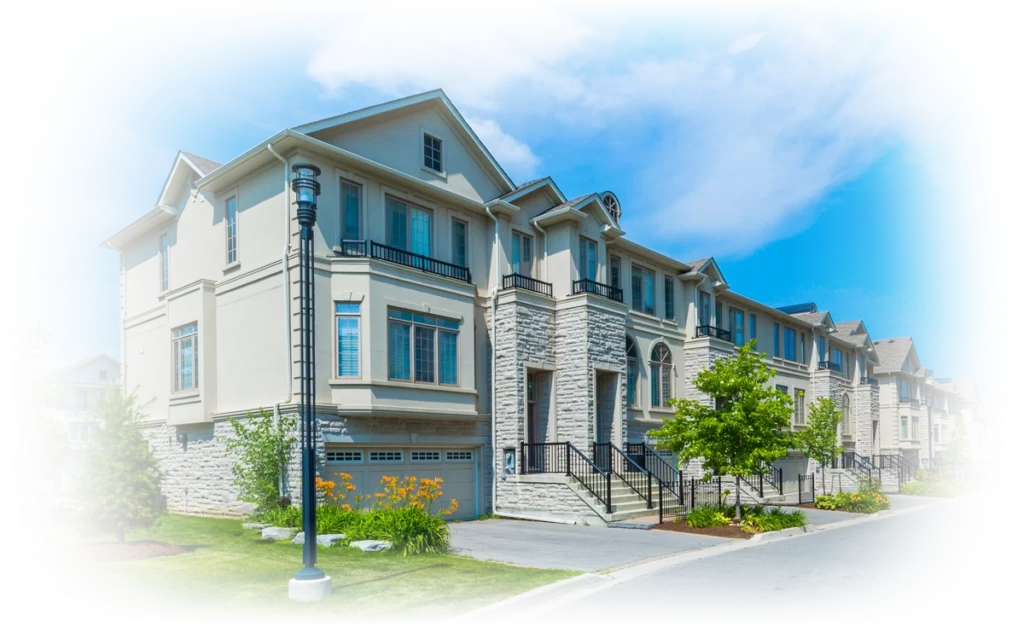authority of the hoa
Are board members allowed to come onto my property?
Board members do not have unlimited access or authority to cross onto a homeowner’s property or enter an owner’s unit. However, generally, a homeowner representative may cross onto a homeowner’s lot to perform maintenance obligations or to address violations, given that the appropriate steps are first taken, and individuals are notified. If you are a board member or representative of the association, always refer to your association’s governing documents first, before crossing onto private property, especially if there is no easement held with the owner.
Easement refers to the legal method by which an individual or association is authorized to enter upon private property, a homeowner’s lot. An easement agreement outlines where someone exercising this easement is allowed to go and for what specific reasons. There are two different classifications of easement. Easement in gross is very common and refers to an easement that is placed on a single property, not sharing any elements with an adjacent one, and usually is exercised in order to install, fix, or replace sewer lines, electrical lines, or any other common element that falls under the duties of the community’s association. The other type is easement appurtenant, meaning two properties or more with adjacent lots and overlapping common areas. While there are just two categories of easement, there are many subtypes. For example, the pathway that leads to the community pond may run through the corner of a neighbor’s property, leaving everyone else to cut through their yard if they want to get to the pond. Or perhaps two lots share a driveway.
If you are a homeowner, never be afraid to reach out to your association or community manager to find out what kind of easement agreement, if any, the board and other representatives of the association may hold with your home. Again, refer to your association’s covenants for information on how to handle disputes involving easement and consult your homeowner association’s attorney as well, before taking any action. For more information about easements, refer to the resource articles in our blog.
What are the "governing documents" of a home owners association?
There are several different sets of documents that are referred to when running an association, settling disputes, or when enforcing the standards that some of these documents may set. There are Bylaws, and then there are Covenants, Conditions, and Restrictions, more than likely accompanied by amending documents. These are the documents that have been with the association since its inception. Although homeowner associations are non-profit organizations, they are still considered corporations. Like every corporation, they must file Articles of Incorporation with the Secretary of State to be legally recognized, and step one after filing this paperwork would be to create the “governing documents.”
Bylaws refer to how a homeowner’s association should be operating, as an organization. These bylaws outline board term limits and frequency of elections, election requirements, and they dictate the amount of power the board holds and how actions taken by the board of directors affect residents. Separate from these are the CC&Rs outlining community standards to be upheld by the members of the association, and what constitutes a violation of these standards. Conditions, covenants, and restrictions are the standards for the community that are set initially, while rules and regulations are an addition to that, expanding and elaborating upon the CC&Rs for better clarity, as time goes on. For example, the conditions, covenants, and restrictions may allow homeowners to have guests park in their driveway, as long as traffic is not impeded. But this rule could have an appendage in the rules and regulations that explicitly forbids commercial vehicles from parking at a home, or limits the number of vehicles that can park in the street, etc. Often this is the case, particularly with homeowner associations that have been around for a longer period of time. They have had to make many amendments to their original governing documents over time, when unique situations arose in which homeowners carried out actions that were disruptive to the community, although not expressly forbidden. Usually, the more specific and amendment to a rule is, the more interesting the story behind that rule is bound to be.
The CC&R’s will generally cover terms of use for an amenity, maintenance requirements, insurance requirements, and property restrictions that will address what homeowners can and cannot do. They will also probably mention how disputes between owners and the board of directors should be managed and settled. If you are a member of an HOA, it would certainly not hurt to be familiar with all these documents, so you fully understand what rights you hold, what freedoms you waive, and what the standards are that should be met, as well as the consequences if they are not met. For more information regarding your association’s governing documents, contact your community manager. Also, for more information on the subject of governing documents, please visit the William Douglas blog.
Can you challenge an homeowner association's ruling?
Yes, it is possible to dispute a decision made by the HOA, although it can be a challenging course of action, potentially resulting in legal recourse. To begin, always document all correspondence you have with the officers and representatives of your association, from the first time the conflict arises.
First, a homeowner should consult the chairperson on their respective board of directors, or anyone else that may arrange for a meeting to discuss their plight with the board and other homeowners. If you have a violation or ruling against you, you may already have some form of hearing scheduled with the board of directors to discuss it. At this meeting, you would make your case to the directors and other members of your association, providing evidence to support your argument. In this situation, you would need to prove that the board’s ruling is not in ordinance with the restrictions of the community, or that the ruling is a part of a pre-existing pattern exhibited by the board, of harassment, disregard for enforcing the rules, or of selective and arbitrary enforcement of the covenants, conditions, and restrictions.
In some situations, if enough members of the association are in unison, a meeting can be called to potentially remove a board member and have another person take their place, in the hopes that the new board member(s) vote more favorably to the community. This is not all that common, but it can happen. However, in the case of these ruling review hearings, it is not uncommon for the determination to not be changed, and the defendant’s complaint is not resolved (at least, not in the way they had hoped). Then it is up to the homeowner to decide if they will simply accept the determination of the board, or if they will commit to seeking a different resolution from a higher authority’s jurisdiction. If the homeowner still wishes to pursue their dispute, they may need to consult an attorney and bring their case to small claims court. For more information regarding disputes with an association, see our blog.



